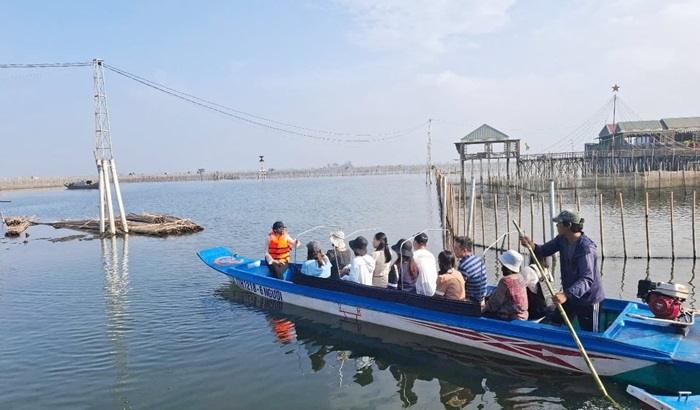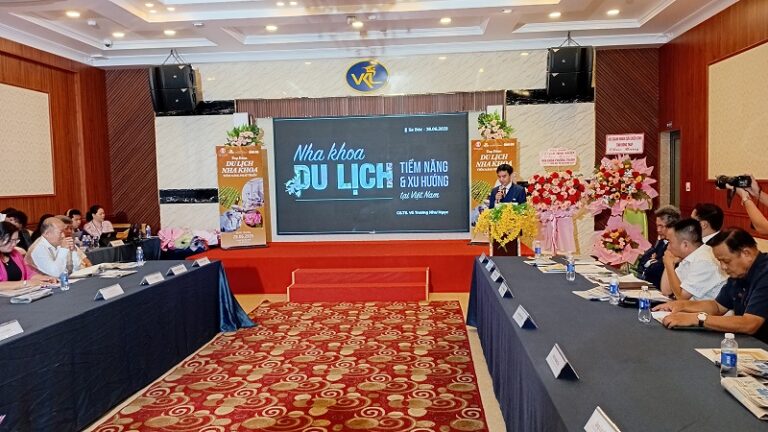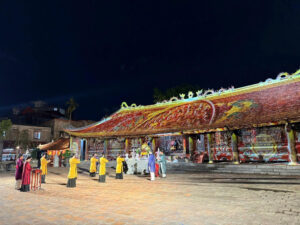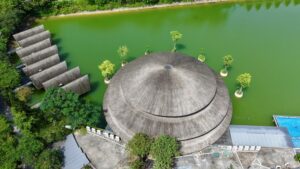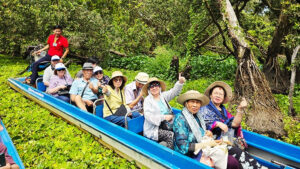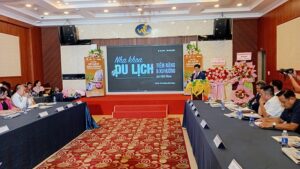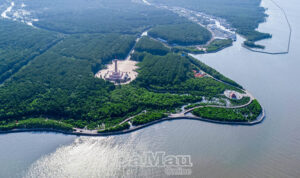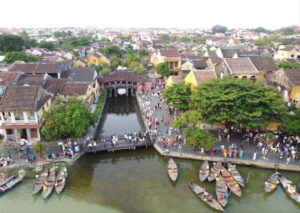Nguyen Hai Hau in Hanoi is very worried about an essay which her son has to write for his fifth-grade literature class. The assignment is to describe a beautiful river in or near a student’s hometown as a means to express the student’s love for their country. The teacher has already taught the students how to write a detailed outline and a descriptive essay.
To help her son, Hau took him to several local rivers over the weekend.
But they found Hanoi’s four main rivers – To Lich, Kim Nguu, Lu and Set – black, fetid, stagnant and filled with trash and sewage.
They saw trash floating on the surface of the dark Lu River all the way through Hoang Mai District.
Hau and her son Hoang fear that if he were to describe these dirty rivers, he would not have completed his assignment to describe a beautiful river and express his love for Vietnam.
So Hau took her son to the countryside in hopes of finding green mountains and blue rivers, like the ones her son had read about in his schoolbooks.
But even in the countryside, Hau and Hoang saw people dumping pesticide, trash and wastewater in the rivers. The water was nearly as dark and dirty as the rivers in Hanoi.
They saw household garbage, agricultural waste and even tampons drifting downstream.
Hoang is now worried that he can’t write the essay his teacher asked for.
His grandmother told him to use his imagination to describe a made-up beautiful river.
This is a common problem for students nowadays.
Around the country, students have been penalized with low marks for not following teachers’ instructions exactly.
It seems there are two major problems here. The first is the alarming level of pollution; the growing amount of filth that is ruining our rivers and environment, not only in our cities, but in the countryside as well.
But the second problem, which is one of the causes of the first, is education in Vietnam. How can we ask students to describe things that don’t exist? Shouldn’t students feel free enough to describe what they see, to tell the truth, even if it points out a flaw in the assignment? Otherwise, we’re asking our students to lie.
Having students describe what they observe in their daily lives, both the good and the bad, will help improve their writing skills. When they are freer to write, they’ll be freer to think. Future generations will be more aware of our responsibility to protect our delicate environment, and not allow our rivers and countryside to deteriorate into cesspools and landfills.
When the students can talk about what they see, they can change what they see. Only then will we be able to preserve Vietnam’s precious and endangered natural beauty.
* Lan Tuong - The writer is a consultant at the Hanoi-based Consultancy on Development (CODE), which works to enhance cooperation between the public and civil sectors.


